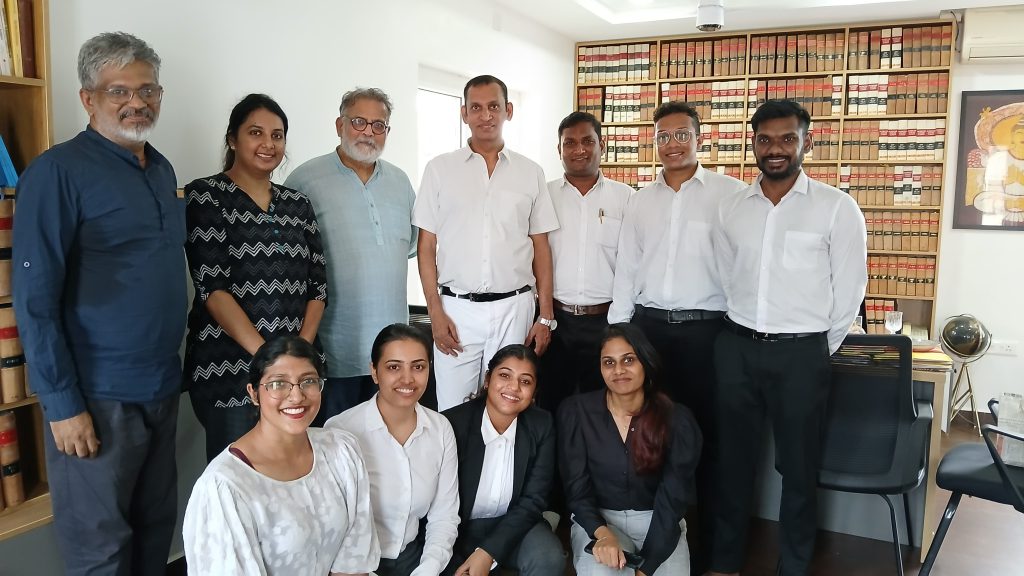The Supreme Court will hear a petition filed by Tushar Gandhi, the great-grandson of Mahatma Gandhi | Global TV
The Supreme Court will hear a petition filed by Tushar Gandhi, the great-grandson of Mahatma Gandhi, challenging the Gujarat government’s proposed redevelopment of the historic Sabarmati Ashram in Ahmedabad. The ₹1,200-crore project aims to expand the ashram’s area from its current five acres to approximately 55 acres by incorporating surrounding heritage properties and restoring the environment to reflect its state during Mahatma Gandhi’s residence from 1917 to 1930.

Tushar Gandhi has expressed concerns that the redevelopment plan could compromise the ashram’s simplicity and sanctity, potentially transforming it into a commercial tourist attraction. In his petition, he argues that the project contradicts Gandhian values and the original ethos of the ashram. He fears that the extensive involvement of government authorities in the project’s conception and execution may lead to the ashram losing its Gandhian ethos, which has been meticulously preserved by the existing trust.
The Gujarat High Court previously dismissed Tushar Gandhi’s plea in September 2022, based on assurances from the state government that the existing one-acre core area housing the main ashram, museum, and Magan Niwas would remain untouched. Magan Niwas was the residence of Maganlal Gandhi, a close associate and cousin of Mahatma Gandhi, who played a crucial role in the Sabarmati Ashram. Maganlal was known as the soul of the Ashram because of his deep involvement in managing its daily affairs, including the promotion of Khadi and rural industries.
- Significance of Magan Niwas:
It was the residence of Maganlal Gandhi during his time at the Sabarmati Ashram. - Maganlal was instrumental in developing the ashram’s self-sufficiency, particularly in spinning and weaving.
- The ashram’s Charkha (spinning wheel) movement was largely shaped under his guidance.
- The Magan Museum, located within the Sabarmati Ashram, is named after him and highlights his contributions to Gandhian ideology and village industries.
As per the Gujarat government’s assurance, Magan Niwas will remain untouched in the Sabarmati Ashram redevelopment project, alongside the core area that includes Mahatma Gandhi’s residence and museum. However, concerns remain over whether the spirit of simplicity and self-sufficiency that Maganlal Gandhi upheld will be preserved in the proposed transformation. The court observed that the government’s plan intended to develop the surrounding areas in consultation with the Sabarmati Ashram Preservation Memorial Trust and other related trusts, aiming to spread Gandhian ideology and philosophy globally.
Following the High Court’s decision, Tushar Gandhi approached the Supreme Court, seeking intervention to halt the redevelopment project. In March 2022, the Supreme Court agreed to hear his petition, with a bench led by Chief Justice of India N.V. Ramana scheduling the hearing for April 1, 2022.
The petition challenges the High Court’s dismissal and raises concerns about the potential impact of the redevelopment on the ashram’s historical and cultural significance. the contradiction between simplicity and commercial interests will be debated in the supreme court. the outcome will be of historical importance for sure.
The Gujarat government’s redevelopment plan involves restoring 46 old and dilapidated houses near the ashram and creating infrastructure to enhance the visitor experience. The project envisions developing the ashram as it existed during Mahatma Gandhi’s time, encompassing 63 heritage properties, 48 of which still stand. The government maintains that the redevelopment will uphold Gandhian principles and benefit society by attracting more visitors and spreading Gandhian philosophy.
As the Supreme Court prepares to hear the petition, the debate continues over balancing the preservation of the ashram’s historical integrity with the proposed enhancements aimed at promoting Gandhian values to a broader audience.





